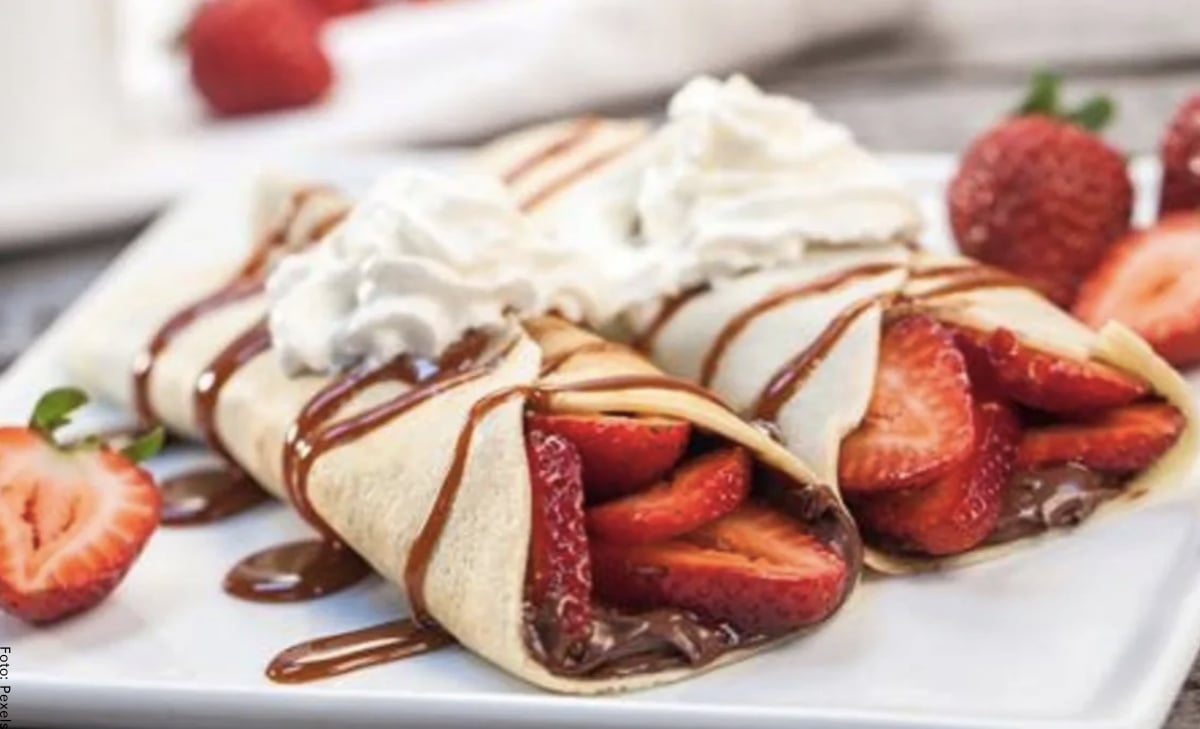Understanding AI's Learning Process: Towards More Responsible AI Use

Table of Contents
The Fundamentals of Machine Learning
At the heart of AI lies machine learning (ML), a field dedicated to enabling computers to learn from data without explicit programming. Three core approaches dominate the field: supervised learning, unsupervised learning, and reinforcement learning.
Supervised Learning
In supervised learning, algorithms learn from labeled data – data where each input is paired with the correct output. Think of it like a teacher showing a student many examples and providing the correct answers. Examples include image recognition (where images are labeled with the objects they contain) and spam filtering (where emails are labeled as spam or not spam).
- Training Data: The quality and quantity of training data heavily influence the accuracy of the model. Insufficient or biased data can lead to poor performance.
- Model Accuracy: Metrics like precision and recall assess how well a model predicts the correct output.
- Overfitting: This occurs when a model learns the training data too well, performing excellently on the training set but poorly on new, unseen data.
Unsupervised Learning
Unsupervised learning involves algorithms discovering patterns and structures in unlabeled data – data without predefined outputs. The algorithm must identify relationships and structures on its own. Applications include clustering (grouping similar data points together) and dimensionality reduction (reducing the number of variables while preserving important information).
- Anomaly Detection: Identifying unusual data points that deviate significantly from the norm.
- Market Basket Analysis: Discovering associations between items frequently purchased together.
- Interpreting Results: A significant challenge in unsupervised learning is understanding the meaning and significance of the patterns discovered by the algorithm.
Reinforcement Learning
Reinforcement learning focuses on algorithms learning through trial and error by interacting with an environment. The algorithm receives rewards or penalties for its actions, learning to maximize cumulative rewards over time. Examples include AlphaGo, which mastered the game of Go, and robots learning to navigate complex environments.
- Game Playing: Reinforcement learning has shown remarkable success in mastering complex games.
- Robotics: Reinforcement learning enables robots to learn complex tasks and adapt to new situations.
- Ethical Considerations: The use of reinforcement learning in real-world applications raises ethical concerns, particularly if the reward system is poorly designed, potentially leading to unintended and harmful consequences.
Data Bias and its Impact on AI Learning
Data is the lifeblood of AI systems. However, biased data can lead to biased outcomes, perpetuating and even amplifying existing societal inequalities. This is a crucial aspect of understanding AI's learning process.
Sources of Bias
Bias can creep into datasets from various sources:
- Historical biases: Data reflecting historical societal biases can lead to discriminatory outcomes.
- Sampling biases: If the data used to train the model is not representative of the population, the model's predictions will be biased.
- Measurement biases: Inconsistent or inaccurate data collection methods can introduce bias.
Examples of bias manifesting in AI applications include facial recognition systems exhibiting higher error rates for people with darker skin tones and loan applications algorithms discriminating against certain demographic groups.
Mitigating Bias
Addressing data bias requires proactive strategies:
- Data Augmentation: Increasing the diversity of the training data to better represent the population.
- Algorithmic Fairness: Designing algorithms that are less susceptible to bias.
- Human-in-the-loop approaches: Incorporating human oversight to identify and correct biased outputs.
The Transparency and Explainability of AI Systems
Understanding how AI systems arrive at their decisions – their explainability – is crucial for trust and accountability. Many AI algorithms, however, function as "black boxes," making it difficult to understand their reasoning.
Explainable AI (XAI)
Explainable AI (XAI) aims to develop methods for making AI systems more transparent. Techniques include:
- LIME (Local Interpretable Model-agnostic Explanations): Explains individual predictions by approximating the model locally.
- SHAP (SHapley Additive exPlanations): Assigns contributions to each input feature based on game theory.
The Need for Transparency
Opaque AI systems raise significant ethical and legal concerns, particularly in high-stakes decisions such as loan approvals, criminal justice, and medical diagnosis. Transparency is essential for building public trust and ensuring accountability.
Ensuring Responsible AI Development and Deployment
Responsible AI development necessitates ethical considerations throughout the AI lifecycle.
Ethical Frameworks and Guidelines
Ethical frameworks and guidelines provide a crucial foundation for responsible AI development. Examples include:
- The Asilomar AI Principles: A set of principles aimed at guiding the development of beneficial AI.
Human Oversight and Accountability
Human oversight and accountability mechanisms are essential to prevent unintended consequences and ensure responsible AI use. This includes establishing clear lines of responsibility for AI system outcomes and developing mechanisms for redress in cases of harm.
Conclusion
Understanding AI's learning process is not merely an academic pursuit; it's a critical necessity for building trustworthy and beneficial AI systems. This article has highlighted the fundamentals of machine learning, the significant impact of data bias, the importance of transparency and explainability, and the crucial role of responsible AI development. By grasping these aspects of AI's learning process, we can work towards mitigating risks and maximizing the positive impact of this transformative technology. To learn more about responsible AI development and contribute to shaping a future where AI benefits all of humanity, explore resources from organizations like OpenAI and the AI Now Institute. Understanding the AI learning process, responsible AI learning, and ethical AI development are crucial steps toward a better future powered by AI.

Featured Posts
-
 New Data Highlights Sanofis Progress In Asthma And Copd Respiratory Treatments
May 31, 2025
New Data Highlights Sanofis Progress In Asthma And Copd Respiratory Treatments
May 31, 2025 -
 Jack White Joins Detroit Tigers Broadcast Hall Of Fame Talk And Baseball Insights
May 31, 2025
Jack White Joins Detroit Tigers Broadcast Hall Of Fame Talk And Baseball Insights
May 31, 2025 -
 The Comprehensive Summer Arts And Entertainment Guide For City Region
May 31, 2025
The Comprehensive Summer Arts And Entertainment Guide For City Region
May 31, 2025 -
 Recetas De Crepes Salados 8 Ideas Para Tu Merienda O Cena
May 31, 2025
Recetas De Crepes Salados 8 Ideas Para Tu Merienda O Cena
May 31, 2025 -
 Friday Night Baseball Tigers Open Road Trip Against Twins
May 31, 2025
Friday Night Baseball Tigers Open Road Trip Against Twins
May 31, 2025
